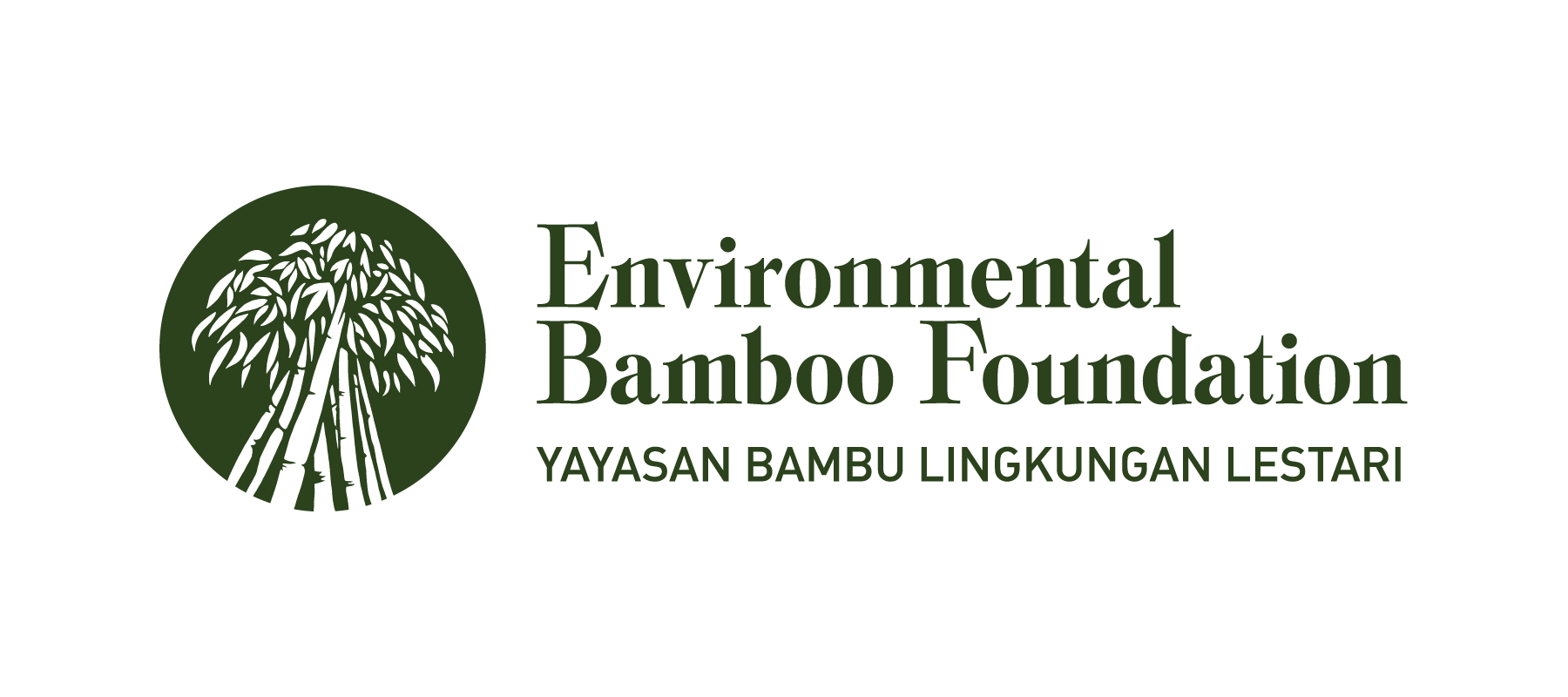Growing a bamboo network that sprawls across the archipelago
BAMBOO AS THE WAY FORWARD
Over the years, we have developed a reputation for driving innovative approaches to bamboo cultivation, supported by a strong network of bamboo experts and strategic partners. Each of them is committed to the advancement of the organisation’s vision.
Our foundation continues to work with leading research institutions globally, such as Hamburg University, Banding Technical Institute, the Chinese Academy of Forestry, the International Development Research Centre, the International Bamboo and Rattan Organisation (INBAR), and the Center for International Forestry Research (CIFOR), among others.
Looking forward, we plan to expand its network of partners and bridge the gap across different countries, allowing bamboo and its restoration economy to benefit more communities throughout the world.
The organization is driven by four main objectives
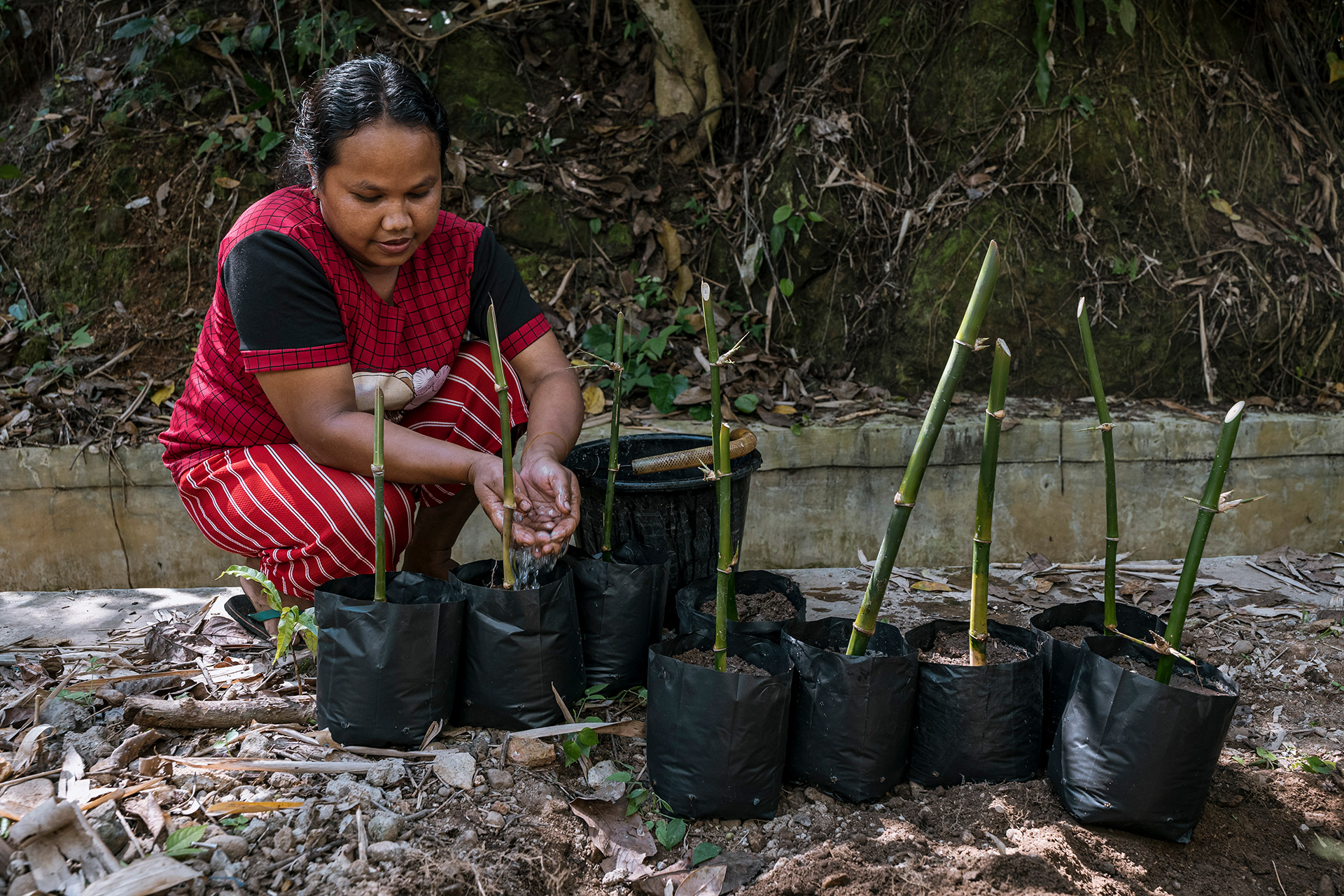
Empower rural communities
by building people-public-private partnerships through village-based bamboo industries.
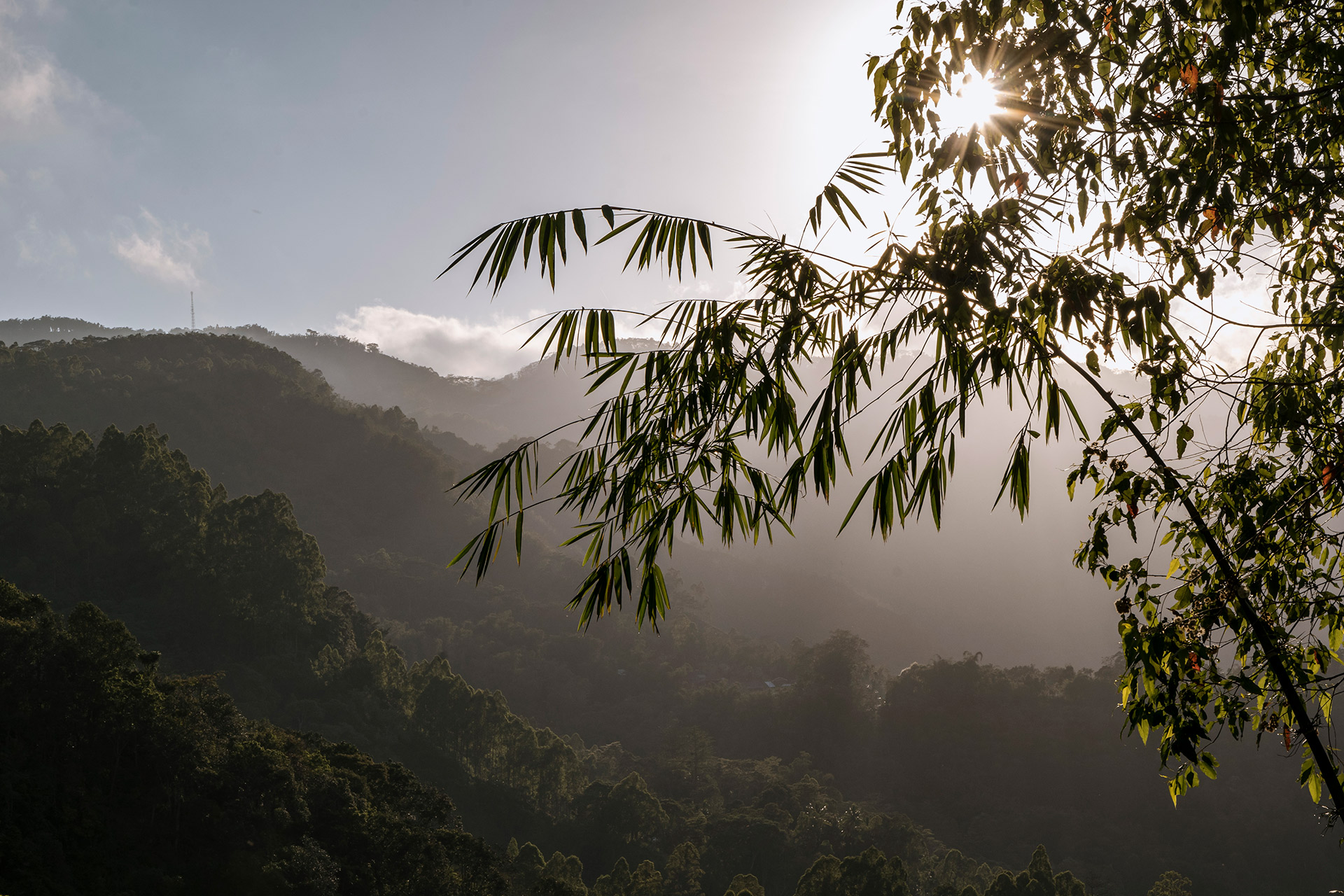
Restore degraded lands
using the principles of bamboo agroforestry, supplying global demands for food, fuel, and fibre sustainably.
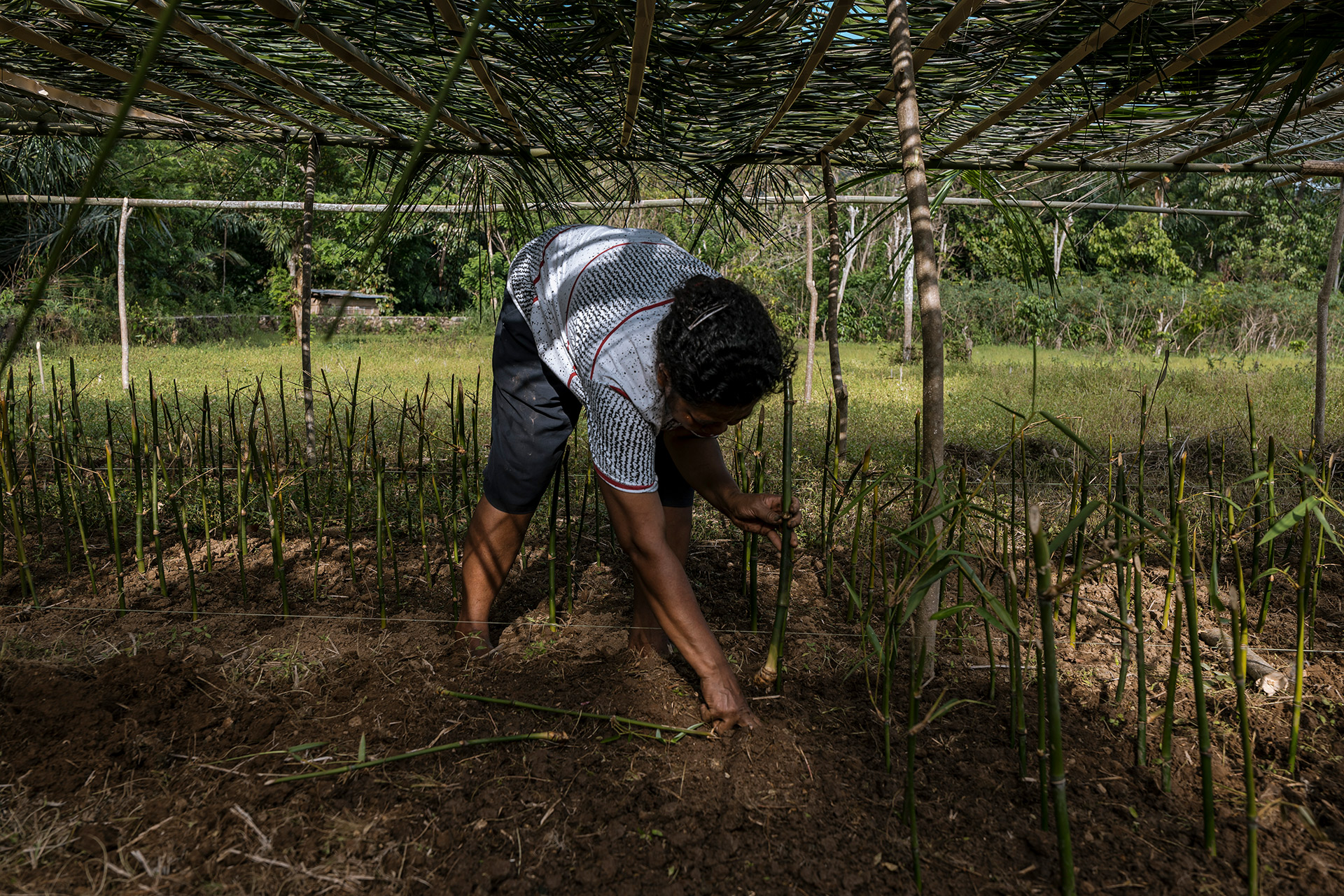
Manage and protect tropical forest ecosystems
by producing rapidly renewable agro-forestry products that are sustainably extracted.
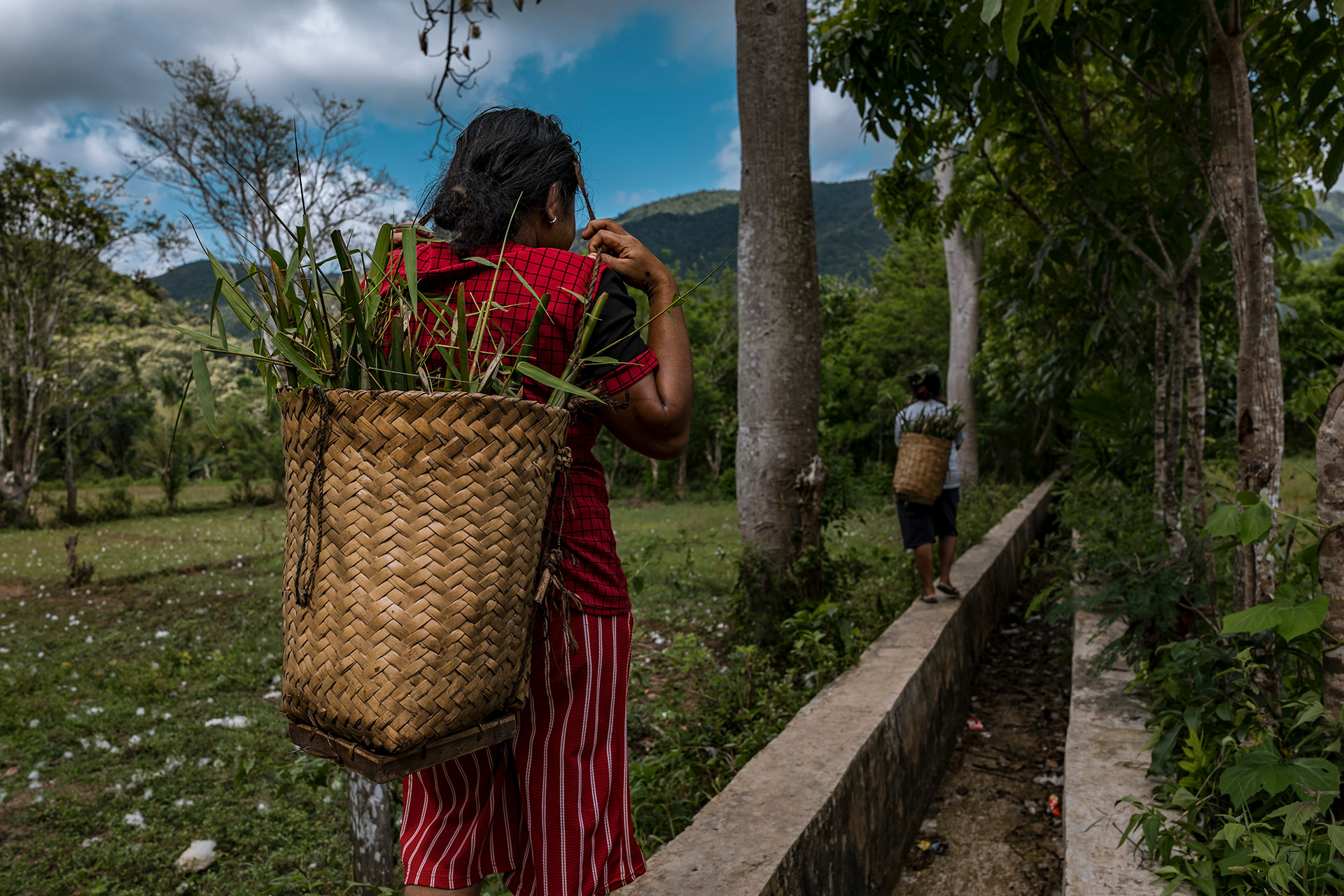
Catalyse landscape-based climate solutions
where bamboo can thrive in agroforestry complexes that allow natural carbon capture at scale.
WHY BAMBOO: THE SUSTAINABLE MATERIAL OF THE FUTURE
The simple bamboo plant can make a dramatic positive impact in many areas. Our goal is to inform and raise awareness about “Bamboo, People and the Environment” and provide the tools and information.
A Renewable Resource
When managed appropriately, bamboo can be harvested indefinitely, without the need for replanting. A full cycle of sustainably harvested bamboo is achieved in just four years, versus 10-20 years for most softwoods.
Saves Rainforests
With a 10-30% annual increase in biomass, versus 2 to 5% for typical trees, bamboo creates greater raw material yields. One bamboo clump produces up to 200 poles within five years, making it a sustainable alternative to timber.
Versatile
From wall panelling to briquettes for fuel, from edible leaf extracts to eco-furniture; as a product, bamboo is amazingly versatile. Bamboo has uses in food, textile, energy, as well as construction and wood industry.
Erosion Control
Bamboo stabilises slopes, preventing landslides and floods. Its net-like root system creates an effective mechanism for watershed protection, stitching the soil together along fragile river banks, deforested areas, and in places prone to earthquakes and mudslides.
Protects The Air We Breathe
Bamboo releases 35% more oxygen than the equivalent stands of trees. At the landscape level, planting bamboo results in 50 tons of CO2 absorbed per hectare per year.
Stores Water
For water-deficient or dry landscapes, reforestation with bamboo is a blessing – one clump of bamboo holds 5,000 litres of water in the topsoil, equivalent to 35 million litres of water absorbed annually per Bamboo Village.
Food
Bamboo is a valuable source in the food industry worldwide. In Japan, pulverised bamboo skin is used as a natural food preservative, while Taiwan consumes 80,000 tons of bamboo shoots annually, constituting a $50 million industry.
An Integral Part in Culture and Arts
Throughout Asia, bamboo has been integral to religious ceremonies, music, and art for centuries. It can be found in the paper, the brush, and as inspiration for poems and paintings.
Strong Building Material
Bamboo’s tensile strength is 28,000 pounds per square inch versus 23,000 pounds per square inch for steel, making it one of the strongest, yet flexible, building materials.
